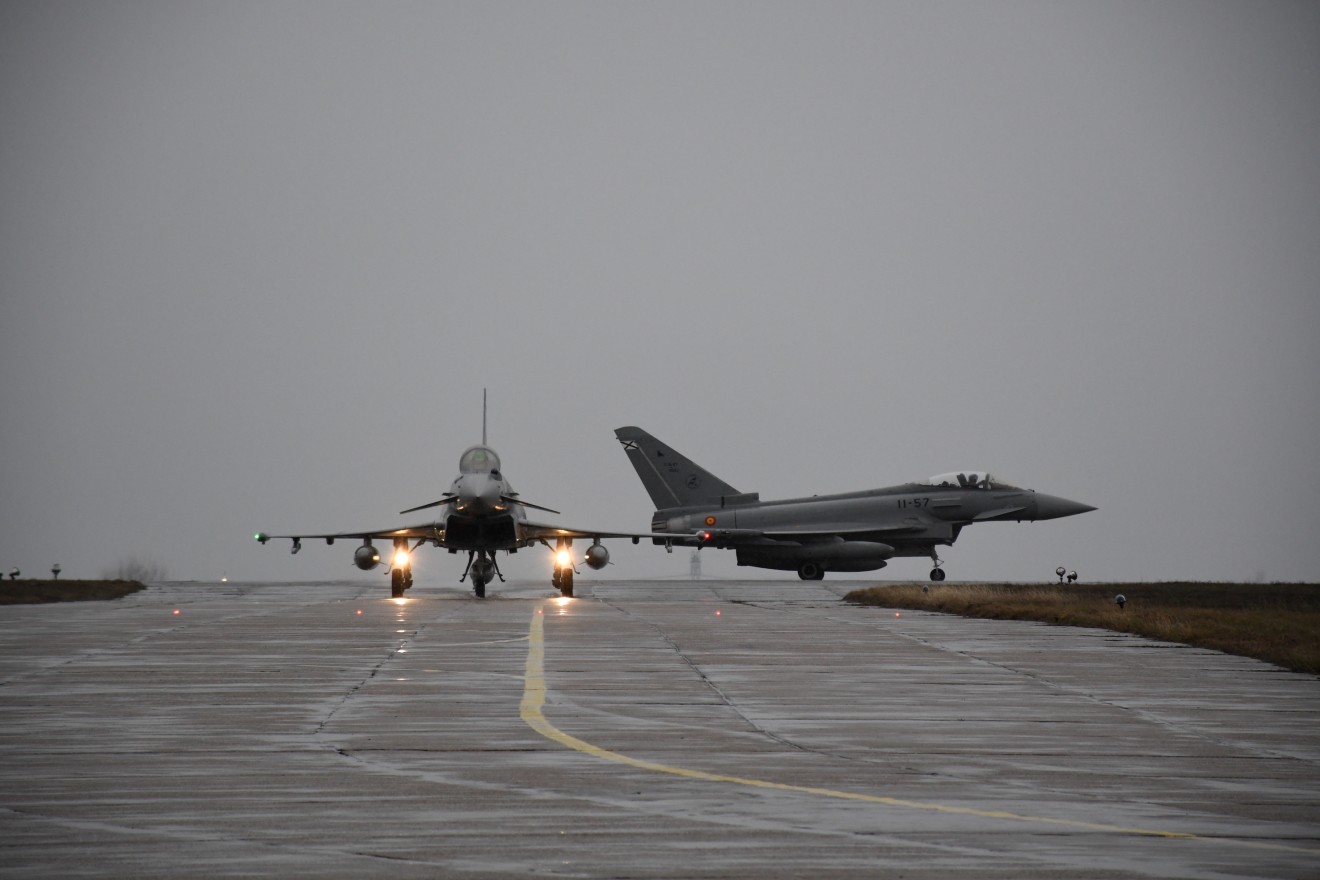NATO’s Allied Air Command announced on 4th March that the Spanish Eurofighters had been scrambled for the first time from their forward base in Romania. It said, NATO radars recorded an unidentified track in international airspace over the southern Black Sea heading to Romanian airspace. Around noon the Spanish Eurofighters were scrambled to investigate.
“During the alert mission, our Eurofighters identified two Russian Su-30 military aircraft that were flying without transponder signals or flight plan and were not in contact with civilian Air Traffic Control,” said Lieutenant Colonel José Enrique Hernández Medel, Spanish detachment commander at Mihail Koglaniceanu Air Base.
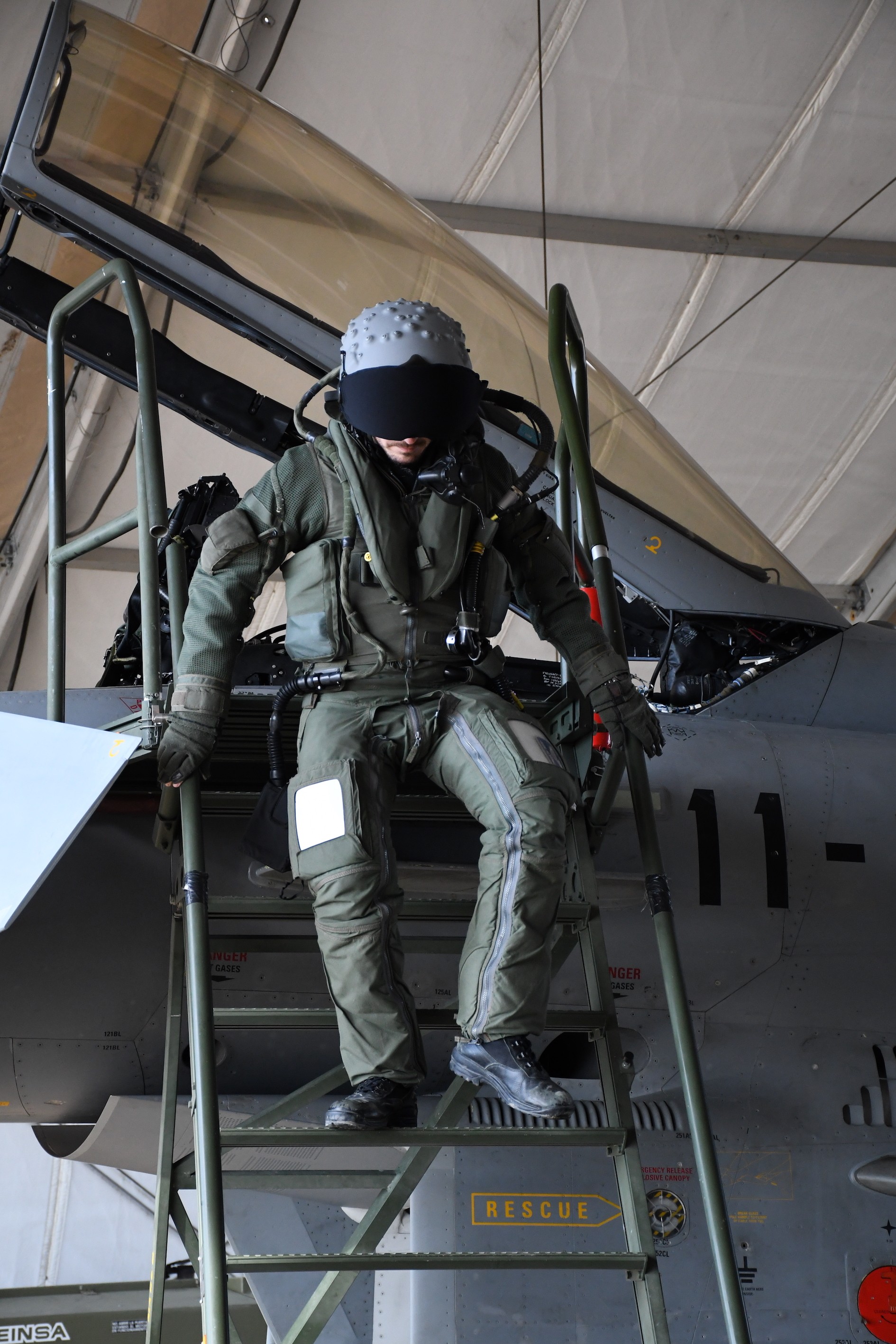
“My aircrew conducted this first alert mission professionally under the tactical control of the Romanian Control and Reporting Centre. They shadowed the Russian aircraft demonstrating NATO’s ability to quickly respond to situations arising near Alliance air space,” he added.
The Russian fighters remained over international airspace throughout the incident. Once the Russian aircraft turned away and headed back north east, the Spanish Eurofighters returned safely to their temporary home base on the Black Sea shore, said the Allied Air Command.
Lieutenant Colonel Medel from the Ejército del Aire’s 11 Wing, or 11 ALA, detachment in Romanian talked exclusively to Eurofighter World about his unit’s first deployment to the Black Sea region.
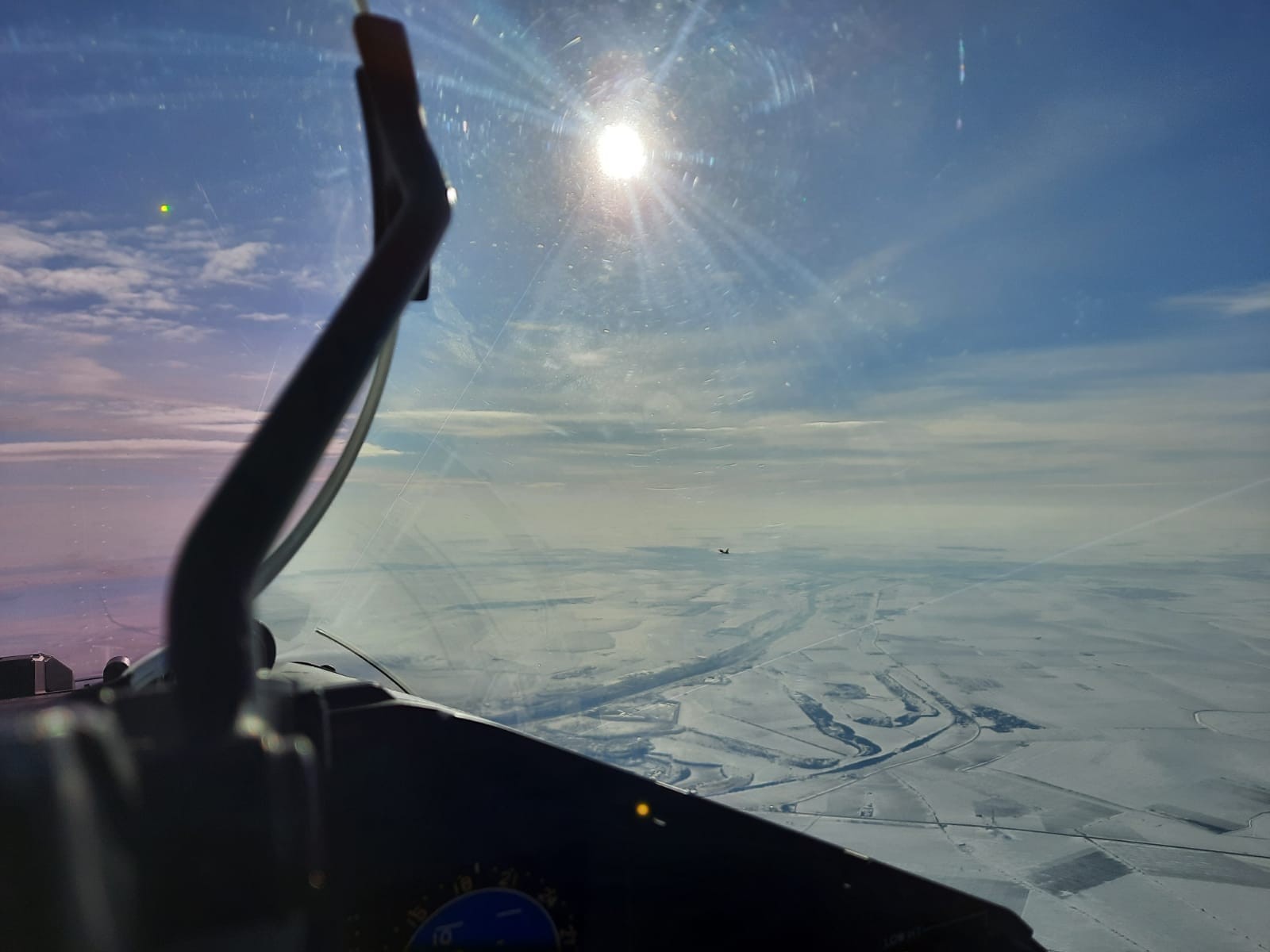
NATO launched its enhanced Air Policing mission in the Black Sea region in response to growing tension after the Russian occupation of the Crimea in 2014. Importance of the mission could be gauged by the presence along the ramp from the 11 Wing’s hangars of a contingent of US Army Apache helicopter gunships. Other allied aircraft are regular visitors to the base for exercises to show solidarity with Romania.
“In order for the Eurofighters to operate here, a large team of personnel on the ground is needed to make flying possible,” said Lieutenant Colonel Medel. “Teamwork is essential to get the aircraft into the air, and even more so in a state of readiness, where Eurofighters are capable of being in the air in less than 15 minutes. The mission is not just about the pilots, it takes a good team of ground personnel working effectively, and a high degree of coordination is required. Only by working together are we able to get out on QRA fast and safe.”
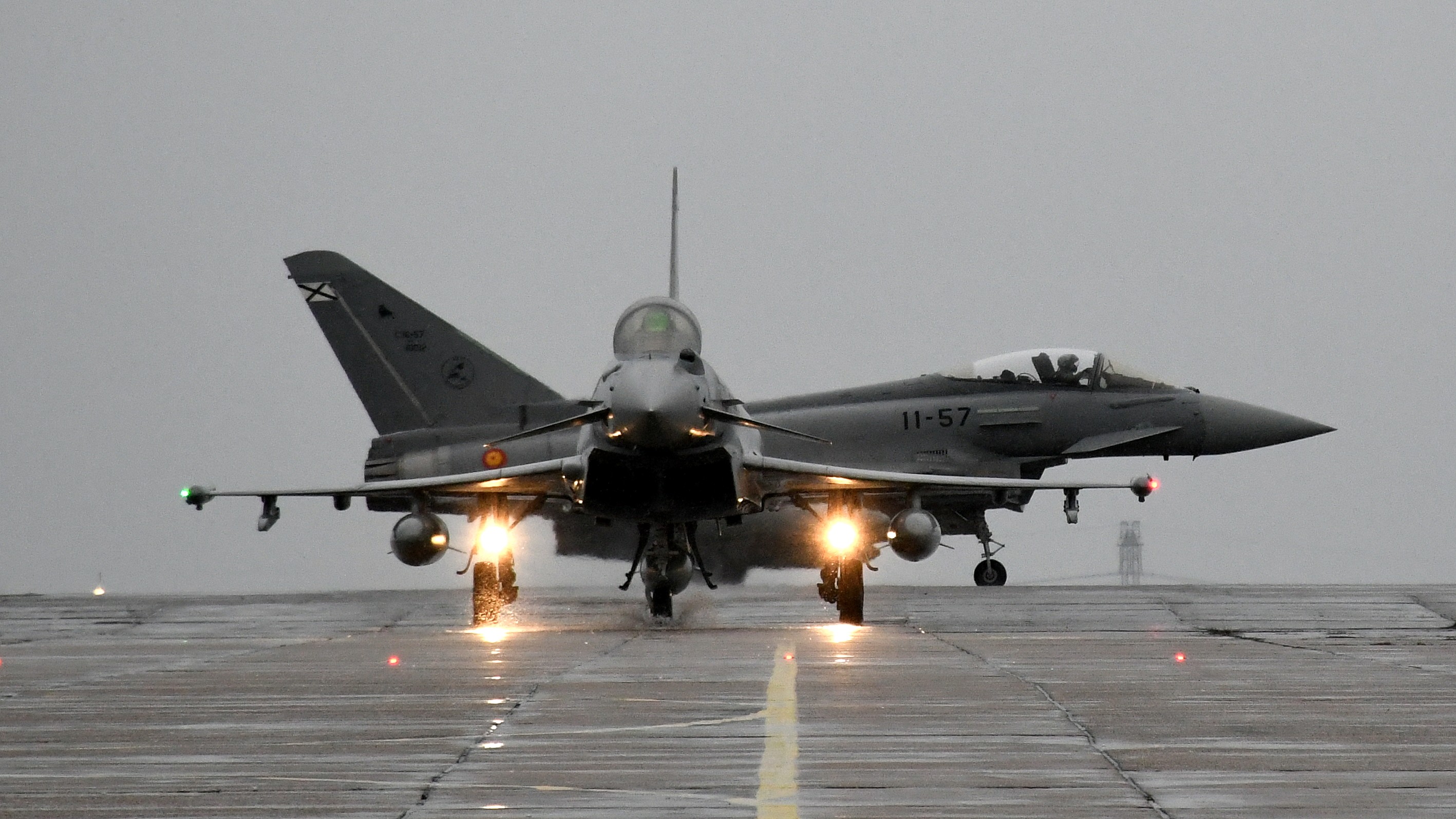
The officer has no doubt that they have the right aircraft for their Romanian task. “We can proudly say that the Eurofighter is the ideal aircraft for this type of mission,” said Major Alfredo Jiménez Díez-Canseco. “It has high manoeuvrability; its high power and the exceptional capacity of its sensors make the Eurofighter the perfect platform to carry out Air Policing missions. With this platform, we are able to fly higher, faster and farther than others. This, together with the cockpit symbology, great capabilities of the radar and the integration of the rest of the aircraft's sensors make our mission very easy to accomplish. A piece of cake!”
NATO In Command
The Ejército del Aire took over the Air Policing mission on 1st February and since then have had two jets ready 24 hours a day to perform any QRA missions assigned to them from NATO’s southern Combined Air Operations Centre (CAOC) at Torrejón in Spain.
The QRA sorties are only activated by the CAOC after the NATO Air Defence System detects an unidentified trace or air traffic behaving abnormally. In these situations the QRA aircraft are ordered to intercept and identify the track acting according to International Civil Aviation Organization regulations.
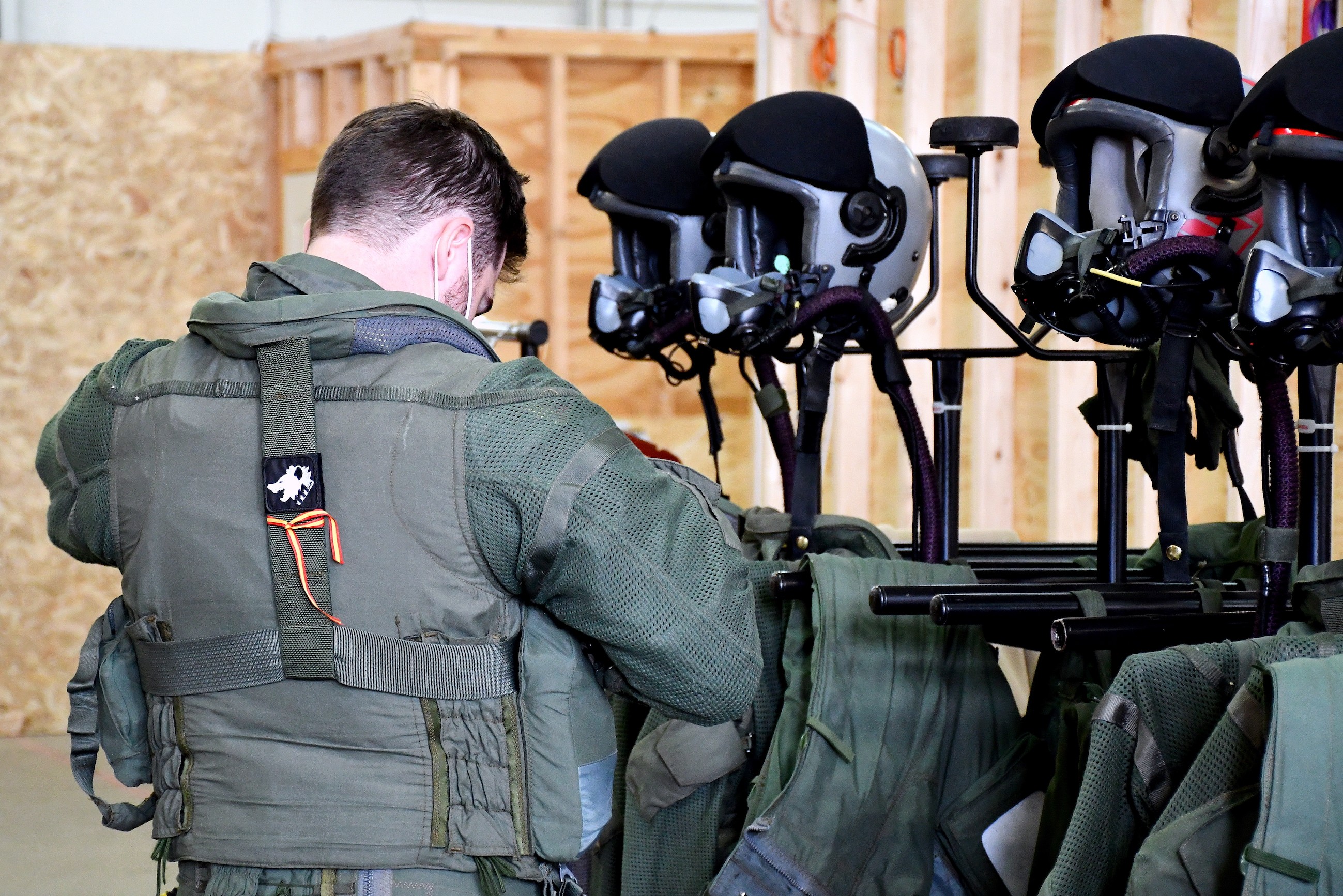
“Our mission is similar to the one performed by these aircraft at our home base in Seville,” said Captain José Manuel Martínez Álvarez. “At home we perform the Air Policing mission guarding and protecting the southwest border of Europe, while on this occasion we are defending the southeast border. The rules of engagement here are the same as those applied in Spain and even the means with which they work are the same. The only aspect that changes is the operating environment.”
Bonds Between Nations
The deployment of the six Spanish fighter jets and around 130 support personnel to this new NATO mission is sign that Spain is strongly committed to alliance collective defence and international security. “With this mission the Spanish Eurofighters are not only safeguarding the territorial sovereignty of Romania, but they are also protecting the European borders to guarantee the security of Europe,” said Lt Col Medel. “This deployment reaffirms the bonds of union between Spain and Romania, and shows Spain's firm commitment to International Security.
The Spanish airmen praised as “outstanding” the support they had received from their Romanian hosts. “Our Romanian friends and allies have a good Air Force capable of safeguarding the sovereignty of the Romanian airspace and defending its borders,” said Captain Álvarez. “However, the high capabilities of the Eurofighter are widely valued and appreciated. Our Romanian colleagues also share this vision of the Eurofighter.”
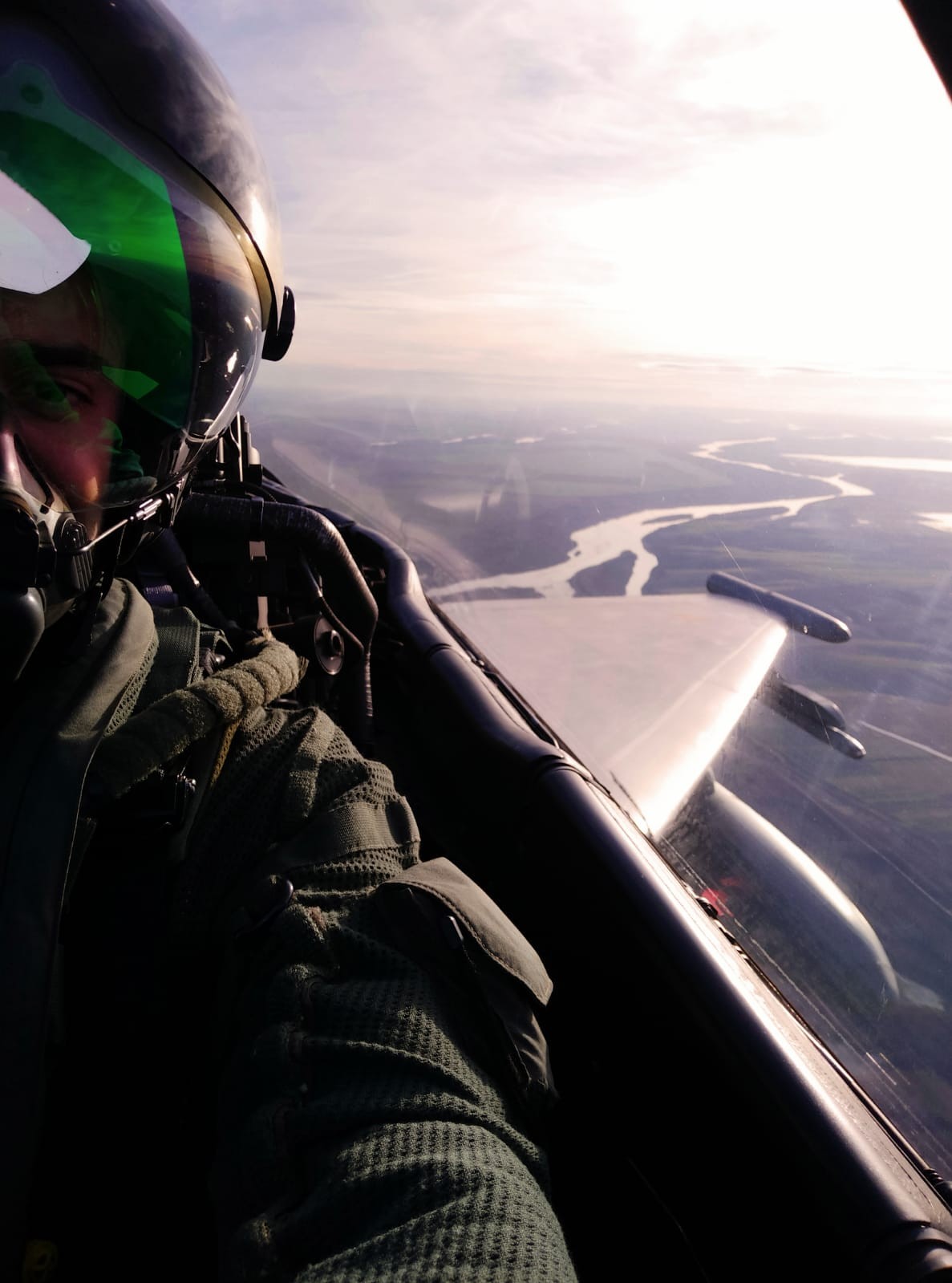
Even though the deployment only involves six aircraft, Spanish officers involved in planning the mission to Romania described it as a “very complex” involving bringing together operations, maintenance, force support, logistics, financial management, health care and the area of networks and communications elements. “This involved a high degree of planning, a great deal of coordination between units and institutions both at national and international level, even governments,” said Major Canseco. “The specific conditions of this mission are somewhat different due to the COVID-19 pandemic, however, all necessary precautions are being taken and established procedures are being applied to prevent the spread of the disease.”
